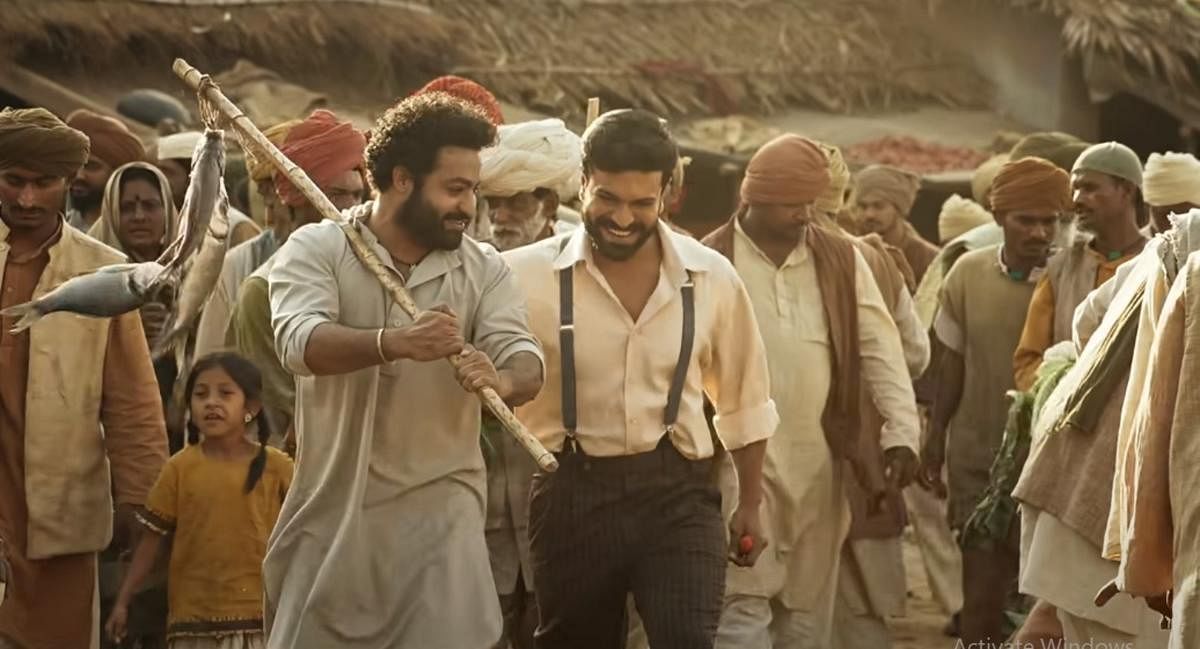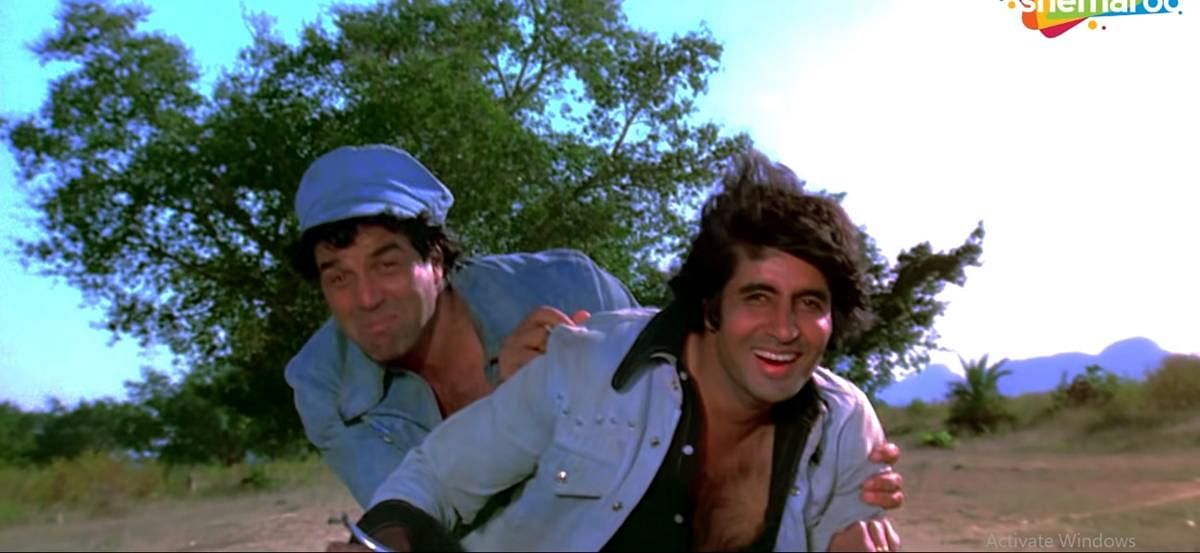
In my previous stint as a software professional, I was often tasked with taking foreigners to tourist spots when they were visiting our office in Bengaluru. I remember them being surprised at men holding hands or wrapping arms over each other’s shoulders. They would be taken aback and remark ‘There must be a strong gay community in India right’. I would quickly clarify that it’s quite common in India. This would leave them more confused as men and women never openly express love by kissing or holding hands in India, they knew that well.
Then there is the example of ‘foreign returns’ who funnily refuse to hold hands with their friends like before. Similarly, couples who returned from abroad would get an earful for being intimate at home in front of elders.
These incidents came rushing to my mind when recently S S Rajamouli’s pan-Indian film ‘RRR’ was termed as a ‘gay film’ by western critics and people alike. Two men promising to give their lives for each other, holding hands, and riding on bikes together did hint at something more than platonic. The scenes between them had more ‘spark’ when compared to their time opposite their respective female romantic interests on screen. A kiss was the only thing missing to make it a perfect gay film, ace filmmaker Ram Gopal Verma quipped on Twitter after the discussions broke out.
So is there really more to ‘RRR’ than what meets the eye?
Let me explain by drawing inferences from my childhood when I was still coming to terms with my sexuality. Despite not being well-versed in Hindi, I watched ‘Sholay’ many times with my friends. While my friends were thrilled about the film’s dance numbers, fights and famous punchlines (‘Arey O Sambha’), I was quietly mesmerised by the cult song ‘Yeh Dosti’. I was aroused and subtly helpless, looking at the chemistry between Amitabh Bachchan and Dharmendra. That said, I wasn’t confident in confessing my feelings to my friends. Society was not all that progressive back then.
Just like what I felt about Jai and Veeru’s friendship in ‘Sholay’, others could have felt the same about watching Jr NTR and Ram Charan’s closeness in ‘RRR’. Another work of art that comes to my mind is ‘Sangya Balya’, a famous Kannada play that was turned into a film. Here, a strong friendship between two boys gets broken when a woman enters one of the boys’ lives. Such is the heartbreak that the other boy gives hint to murder the couple. But its writer doesn’t admit to the gay imagery and subtext in the story because it is seen against the Indian culture.
Now the question that arises is that did Rajamouli and Ramesh Sippy of ‘Sholay’ want to tell a gay love story? I guess not. Especially if you look at their previous films, all of which celebrate Indian culture. My reading of these films is that they depict the silent desires of Indian men. It’s the mindset of many Indian men to hide their gay feelings with a fear of being questioned about their manliness. Look at my life. Many men, who had physical relationships with me, are now married with kids. They behave as ‘decent men’ when they are with me today.
And so, filmmakers introduce queerness, very prevalent in society, in their films albeit indirectly or unknowingly.
Summing up, I feel this debate and discussion emerged because of cultural differences but I welcome the observations made by people from the West and so should others.
(The author is a novelist and the first openly gay litterateur in Kannada).
